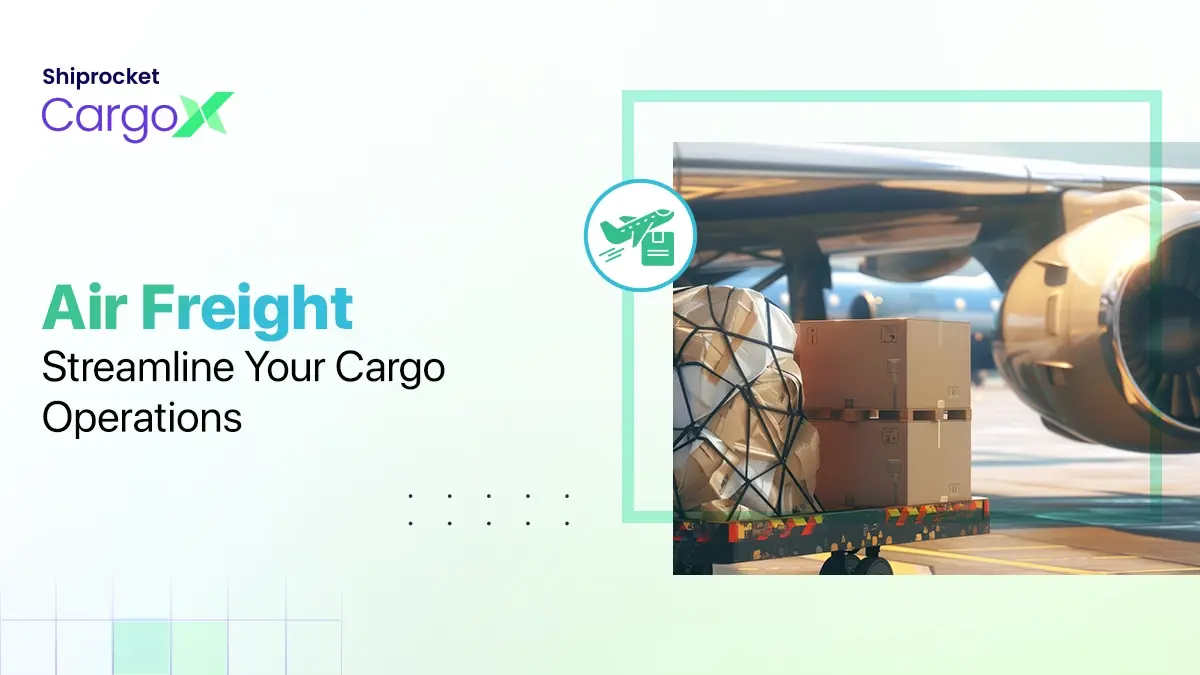Journey of eCommerce Market Growth Rate in India

E-commerce has revolutionised how businesses operate in India. From US$ 46.2 billion in 2020, the Indian e-commerce market is projected to rise to US$ 188 billion by 2025. It is anticipated to succeed in US$ 350 billion by 2030. In 2022, the Indian e-commerce market is predicted to extent by 21.5%, reaching US$ 74.8 billion.
India’s e-commerce market is predicted to succeed in US$ 111 billion by 2024 and US$ 200 billion by 2026.
The industry’s growth is usually due to an increase in internet and smartphone usage. In 2021, there have been 830 million internet connections worldwide, mostly as a results of the “Digital India” initiative.
MARKET SIZE
The Indian online grocery From US$ 3.95 billion in FY21 to US$ 26.93 billion in 2027, the Indian online grocery market is predicted to grow at a CAGR of 33%. India’s consumer digital economy is predicted to extent from US$ 537.5 billion in 2020 to US$ 1 trillion by 2030.
Consistent with Grant Thornton, e-commerce in India is anticipated to be worth US$ 188 billion by 2025.
With a turnover of $50 billion in 2020, India became the eighth-largest marketplace for e-commerce.
The Indian e-commerce market is anticipated to extent from US$ 38.5 billion in 2017 to US$ 200 billion by 2026, driven by expanding smartphone penetration, the introduction of 4G networks, and rising consumer wealth. India had the third-largest online shopper base of 140 million in 2020.
Even before the country begins to place out the foremost recent mobile broadband technology, Indian consumers are increasingly embracing 5G cellphones. In 2021, 169 million smartphones were shipped, and 5G shipment volume increased by 555% year over year. Even before the country begins to put out the most recent mobile broadband technology, Indian consumers are increasingly embracing 5G cellphones. In 2020, increased consumer demand following the lockdown helped smartphone shipments reach 150 million units and 5G smartphone shipments surpass 4 million. In India, there will be 900 million internet users by 2025, up from 622 million in 2020, in keeping with a forecast by IAMAI and Kantar Research. This increase will occur at a CAGR of 45% from 2020 to 2025.
Indian e-commerce platforms produced sales totaling US$ 9.2 billion in Gross Merchandise Value (GMV) for the festive season of 2021, a 23% increase from US$ 7.4 billion the previous year.
INVESTMENTS
A number of the main developments in the Indian e-commerce sector are as follows:
- India’s ecommerce sector received US$ 15 billion of PE/VC investments in 2021 which is a 5.4 times increase year on year. This is the highest investment value received by any sector ever in India.
- In February 2022, Xpressbees became a unicorn with a US$ 1.2 billion valuation after raising US$ 300 million in its Series F funding.
- In Februrary 2022, Amazon India launched One district One product (ODOP) bazaar on its platform to support MSMEs.
- In Februrary 2022, Flipkart launched the “sell back program” to enable trade in smartphones.
- In Janaury 2022, Walmart invites Indian sellers to join its US market place with an aim of exporting US$ 10 billion from India each year by 2027.
- In January 2022, Flipkart has announced expansion in its grocery services and will offer services to 1,800 Indian cities.
GOVERNMENT INITIATIVES
The Indian government has made variety of announcements since 2014, including Digital India, Make in India, Start-up India, Skill India, and Innovation Fund. Such programmes’ prompt and successful implementation will probably encourage growth of E-commerce in the country. Major initiatives taken by the Government to promote E-commerce in India are as follows:
- As of February 15, 2022, the Government e-Marketplace (GeM) portal served 9.04 million orders worth Rs. 193,265 crore (US$ 25.65 billion) to 58,058 buyers from 3.79 million registered sellers and service providers.
- As of November 2, 2021, the Government e-Marketplace (GeM) portal served 7.96 million orders worth Rs. 152,315 crore (US$ 20.40 billion) to 55,433 buyers from 3.06 million registered sellers and service providers.
- As of October 11, 2021, the Government e-Marketplace (GeM) portal served 7.78 million orders worth Rs. 145,583 crore (US$ 19.29 billion) to 54,962 buyers from 2.92 million registered sellers and service providers.
- In a bid to systematise the onboarding process of retailers on e-commerce platforms, the Department for Promotion of Industry and Internal Trade (DPIIT) is reportedly planning to utilise the Open Network for Digital Commerce (ONDC) to set protocols for cataloguing, vendor discovery and price discovery. The department aims to provide equal opportunities to all marketplace players to make optimum use of the e-commerce ecosystem in the larger interest of the country and its citizen.
Major Hubs for eCommerce
Karnataka
Delhi
Maharashtra
Tamil Nadu
Andhra Pradesh
Conclusion
The E-commerce industry has been directly impacting micro, small & medium enterprises (MSME) in India by offering resources for funding, technology, and training, and has a positive cascade effect on further industries. By 2034, it is anticipated that the Indian e-commerce market will overtake the US to overtake it as the second-largest e-commerce market in the world. Innovations made possible by technology, such as digital payments, hyper-local logistics, analytics-driven customer involvement, and digital marketing, are likely to promote the sector’s expansion. In the long run, the expansion of the e-commerce industry will also improve employment, export revenue, tax collection for exchequers, and customer access to better goods and services. By 2022, there will be 859 million people using smartphones, an increase of 84% from the current number.







